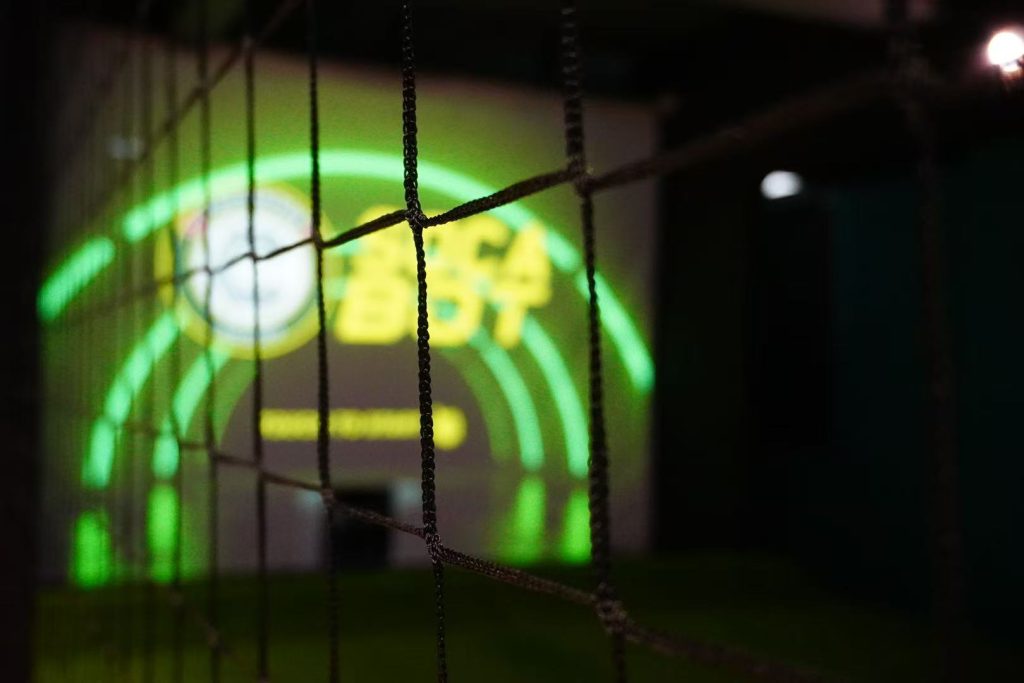


Football games have come a long way since their humble beginnings, evolving from simple pixelated graphics to highly immersive simulations that blur the line between virtual and real-world football. From the iconic FIFA series to the rise of advanced soccer simulators, the journey has been marked by groundbreaking technological advancements. This article explores the evolution of football games, the key technologies driving their development, and the future trends that will shape the next generation of soccer simulations.
The Early Days: From Pixels to Polygons
The history of football games dates back to the 1980s, with titles like Sensible Soccer and Kick Off laying the foundation for the genre. These early games featured basic 2D graphics, limited controls, and minimal realism. However, they captured the essence of football and laid the groundwork for future innovations.
The release of FIFA International Soccer in 1993 marked a significant leap forward. With its isometric view, realistic player animations, and official licenses, FIFA set a new standard for football games. Over the years, the FIFA series continued to evolve, introducing 3D graphics, improved physics, and more sophisticated gameplay mechanics.
The Rise of Realism: Key Technological Advancements
1 Graphics and Animation
One of the most noticeable improvements in football games has been the quality of graphics and animations. Early games relied on simple sprites, but modern titles like FIFA and eFootball (formerly PES) use high-definition textures, motion capture, and advanced rendering techniques to create lifelike player models and stadiums.
Motion capture technology, in particular, has revolutionized player animations. By recording the movements of real footballers, developers can create fluid and realistic animations for running, dribbling, shooting, and celebrating goals.
2 Physics Engines
The introduction of physics engines has been a game-changer for football simulations. Early games used basic collision detection and pre-scripted animations, but modern titles employ sophisticated physics engines to simulate ball movement, player collisions, and environmental effects.
For example, FIFA’s HyperMotion technology uses machine learning to analyze real-world match data and generate realistic animations in real-time. This allows for more dynamic and unpredictable gameplay, closely mimicking real football.
3 Artificial Intelligence (AI)
AI has played a crucial role in enhancing the realism of football games. In early titles, AI-controlled players followed simple patterns, making them predictable and easy to outplay. Today, AI-driven players exhibit complex behaviors, such as adapting to the flow of the game, making intelligent passes, and executing advanced tactics.
Machine learning algorithms are now being used to train AI systems, enabling them to learn from real-world matches and improve their decision-making capabilities.
4 Online and Multiplayer Modes
The advent of online gaming has transformed football games into social experiences. Multiplayer modes allow players to compete against friends or strangers worldwide, while features like Ultimate Team (in FIFA) and myClub (in eFootball) have created thriving online communities.
Cross-platform compatibility and cloud gaming are further expanding the reach of football games, enabling players on different devices to compete seamlessly.

The Emergence of Soccer Simulators
While FIFA and eFootball dominate the mainstream market, a new breed of soccer simulators is pushing the boundaries of realism. These simulators focus on delivering an authentic soccer experience, often targeting hardcore fans and professionals.
1 Tactical Depth and Realism
Soccer simulators like Football Manager prioritize tactical depth and realism over flashy graphics. Players take on the role of a manager, making decisions about team selection, tactics, and training. These games use vast databases of real-world player statistics and advanced AI to simulate matches with unparalleled accuracy.
2 Training and Analysis Tools
Some simulators are designed for professional use, helping teams analyze opponents and train players. For example, TacticalPad and Prozone provide tools for creating tactical diagrams and analyzing match data, bridging the gap between virtual and real-world football.
Future Trends in Soccer Games
1 Virtual Reality (VR) and Augmented Reality (AR)
VR and AR technologies have the potential to revolutionize soccer games by offering immersive experiences. Imagine stepping onto a virtual pitch, controlling players with your movements, or watching a match unfold in your living room through AR. While still in its early stages, VR/AR could redefine how we interact with football games.
2 Machine Learning and AI
Machine learning will continue to play a pivotal role in football games. AI systems will become even more intelligent, capable of learning from player behavior and adapting to individual playstyles. This could lead to more personalized and challenging gameplay experiences.
3 Real-Time Data Integration
Future football games may integrate real-time data from live matches, allowing players to recreate real-world scenarios in their games. For example, if a player scores a spectacular goal in a real match, you could attempt to replicate it in your game moments later.
4 Enhanced Social and Community Features
As online gaming continues to grow, football games will likely introduce more social and community-driven features. Virtual stadiums, live events, and interactive fan experiences could create a more connected and engaging ecosystem for players.
The evolution of football games—from the pixelated pitches of the 1980s to the hyper-realistic simulations of today—has been driven by relentless technological innovation. The FIFA series has been at the forefront of this journey, but the rise of soccer simulators and emerging technologies like VR, AI, and real-time data integration are shaping the future of the genre. In today’s fast-paced entertainment industry, businesses are constantly searching for innovative attractions to captivate visitors. One technology changing the game is the soccer simulator (soccer sim). And CHFUNTEK Soccer simulator works with Soccer Ball Launcher, which can serve different angles and different speed balls for shot and kick. These advanced systems are becoming an essential feature for indoor game parks and family entertainment centers, offering unique experiences that combine technology, game, and physical activity with our reality experiences.

If you would like to know more about the products and services we provide, please contact us. Whether you need a standard solution or a tailored solution, we can provide you to meet your needs.
